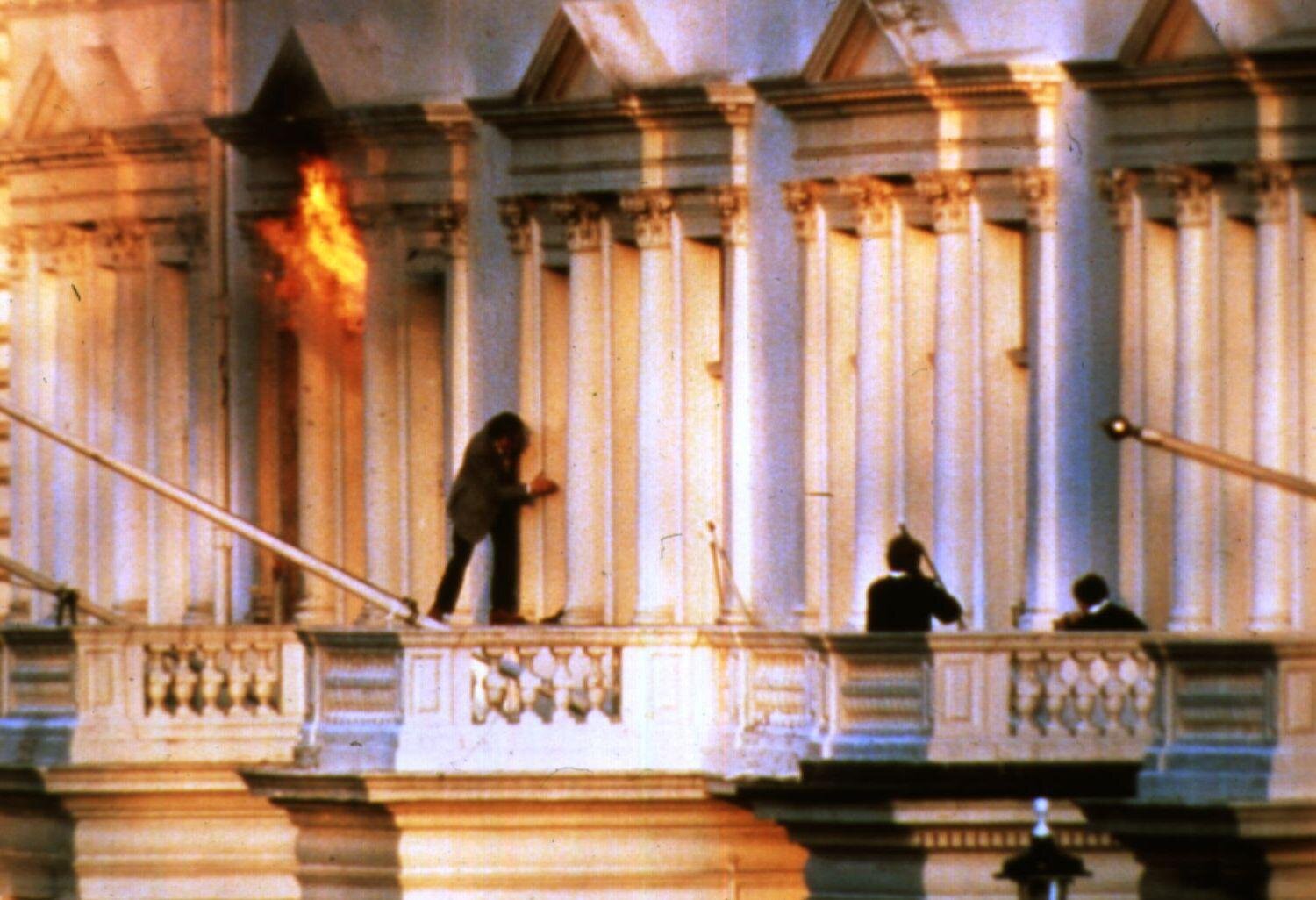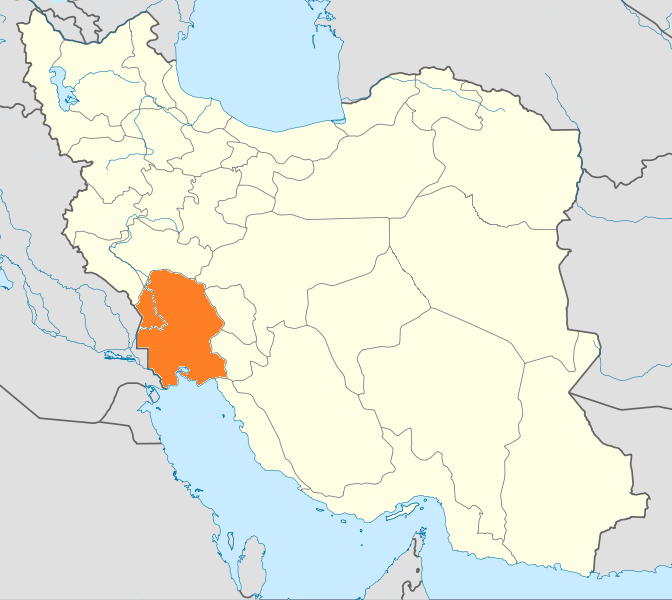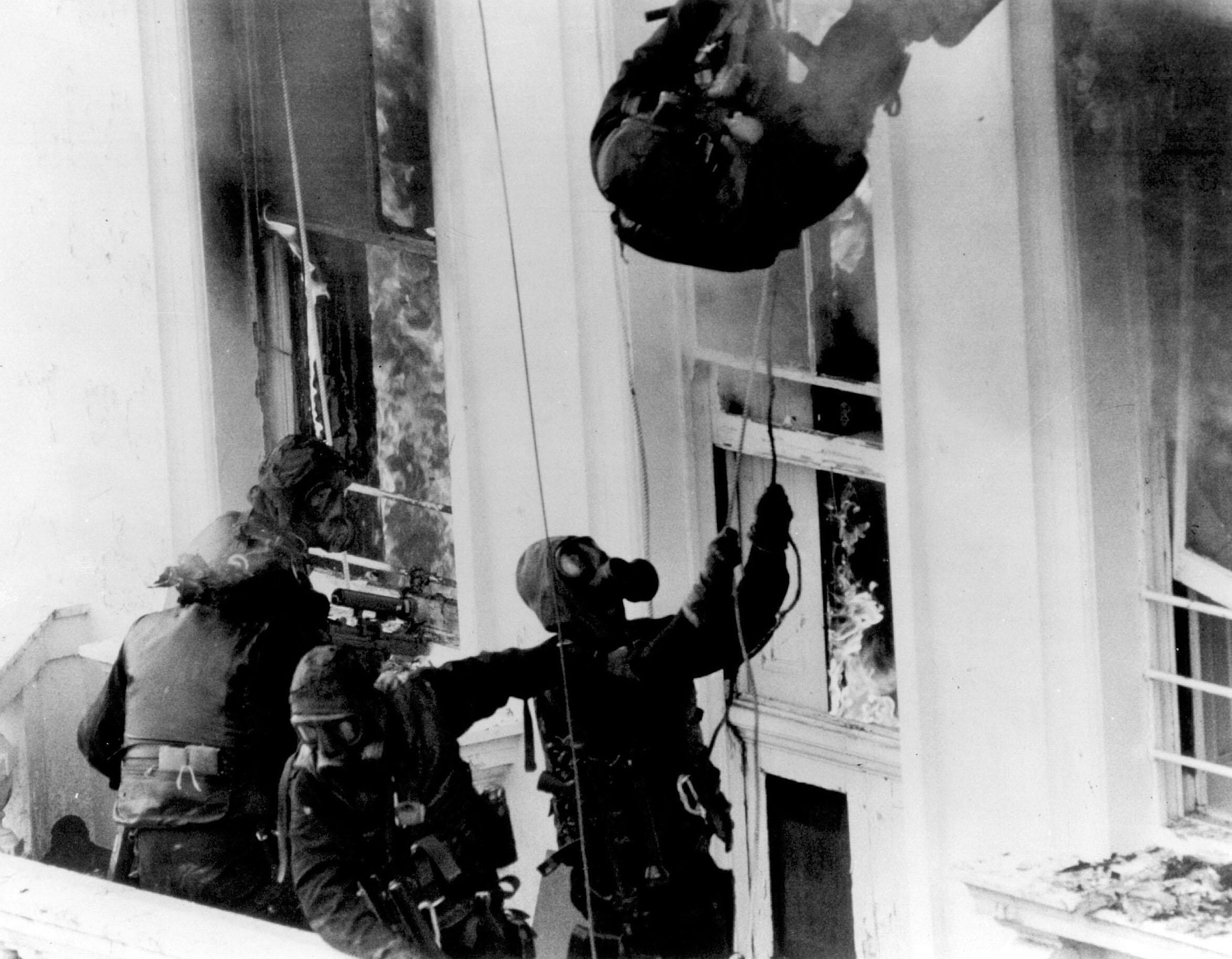If you lived through the eighties, images of the Iranian embassy siege were wallpaper.
Black clad figures burst through the windows of a Kensington mansion. Glass shatters. Smoke billows from an explosion inside. A terrified man emerges onto the balcony and makes a desperate dash for freedom.
Sim Harris, a BBC sound recordist, was in the embassy to pick up a visa when the terrorists struck.
The same sequence of shots ran in every compilation, every retrospective of the year, of the decade. Even years later, it was still part of title sequences for news shows, and then as the nineties dawned, the footage became history instead of current affairs, and was endlessly recycled in documentaries.
I’d been watching that sequence for about twenty years by the time I had to collate the footage myself for one of my first TV research jobs. I learned in forensic detail about everything that happened in and around the embassy, but it wasn’t until after I’d finished the job that I started asking why.
The footage gave ordinary people their first glimpse of counter-terrorist warfare. Movies were greenlit, toys went into mass production. The archetype of the special ops soldier entered the popular consciousness. It all started here, with a bang, but the action was so compelling, so hypnotic, somehow nobody needed the reasons for it.
People hadn’t seen gear like this before - the gas masks and hoods, the accessorised MP5 SMG’s, and it’s all happening two weeks before the UK release of ‘The Empire Strikes Back’.
It turns out the why is pretty complicated.
The terrorists were members of a group called Democratic Revolutionary Front for the Liberation of Arabistan (DRFLA). They were Iranian Arabs who’d participated in the 1979 revolution against the Shah, but wanted autonomy from the Persian majority who backed the new theocracy.
The exixtence of Arabistan (highlighted) is not universally accepted, even in the Arab world, but men were willing to die for its liberation.
Their attempted uprising, one of several across Iran that year, was bloodily put down by the Ayatollah Khomenei’s forces. The DRFLA planned to seize the Iranian embassy in London to force their own government to release 92 political prisoners.
The six terrorists entered the UK on Iraqi passports, and collected weapons smuggled into the country in an Iraqi diplomatic bag. In fact, the DRFLA was entirely funded by Iraq, who offered support to any opponent of the Ayatollah’s regime.
On April 30, they seized the embassy, easily overpowering the single armed Met Police officer on duty. The siege ensued when their demands were refused. Over six days, negotiators secured the release of several hostages while the Met made preparations for a violent outcome.
PC Trevor Lock, seen here leaning out of the window, later played a key role in the embassy assault.
Specialist surveillance officers drilled holes in the embassy walls from next door to implant microphones. The terrorists heard something, but Trevor Lock managed to convince them the sounds were mice. The police arranged for British Gas to drill on the road outside to cover the noise, but the conspicuous activity so nearby alarmed them. The Cabinet Office Briefing Room (COBR), which had convened to handle the crisis, arranged for flights to be diverted overhead instead.
Negotiations secured the release of five hostages, but at 13:45 on May 5, the terrorists shot their first victim. Abbas Lavasani was the embassy’s press officer, and a devout believer in the Ayatollah’s revolution. He frequently antagonised the hostage-takers. Some believe he wanted to be martyred. The shots that killed him were the trigger for SAS action.
Lavasani’s body was thrown out of the front door. Volunteer officers went to collect it.
Today the operation is rightly remembered as a tactical triumph. Only one hostage was killed during the SAS assault, and two wounded. Five of the six terrorists were killed, the other arrested. It all sounds like an action movie, but the reality inside the embassy was messier, because reality always is.
One of the SAS soldiers abseiling in through the front windows got stuck in his ropes. The flash from a stun grenade ignited the curtains, and the resulting fire burned his legs badly. Another soldier was dragging one of the terrorists outside to shoot him, until a colleague pointed out he was on camera.
I’ve heard (but cannot authoritatively source) a credible story that a trooper detailed with clearing the embassy’s basement became convinced terrorists were hiding in the bins, and shot several rubbish receptacles.
None of this is to diminish what those soldiers achieved on May 5th, 1980. They were taking split-second decisions under unimaginable stress, in fear for their lives. They weren’t playing Call of Duty or Rainbow Six. There was no save function. It was real life, and success always includes mistakes.
Only one hostage was killed during the assault, and two wounded. The SAS had estimated eight deaths as a likely outcome.
After the siege, the Democratic Revolutionary Front for the Liberation of Arabistan pretty much disappeared from history. The one surviving terrorist served 27 years in prison, then could not be returned to Iran because he’d be killed. So he lives in Peckham under a new identity.
The Sun did an expose of him, revealing his current name and likeness, so it’s actually relativaly easy to find pictures of him as he is now.
Iran blamed the US and Britain for the attack on its embassy, which sounds mad, until you realise that four months after the siege, Iraq invaded Iran, with US backing. If the terrorists had launched their attack a couple of years later, it could have been CIA money funnelled through Iraq funding it.
Just to be clear, there’s no reason to believe the US backed the attack on the embassy – it was Iraqi-backed Iranians lashing out at the Ayatollah’s regime, but the world is a messy place, and so much comes down to timing.









